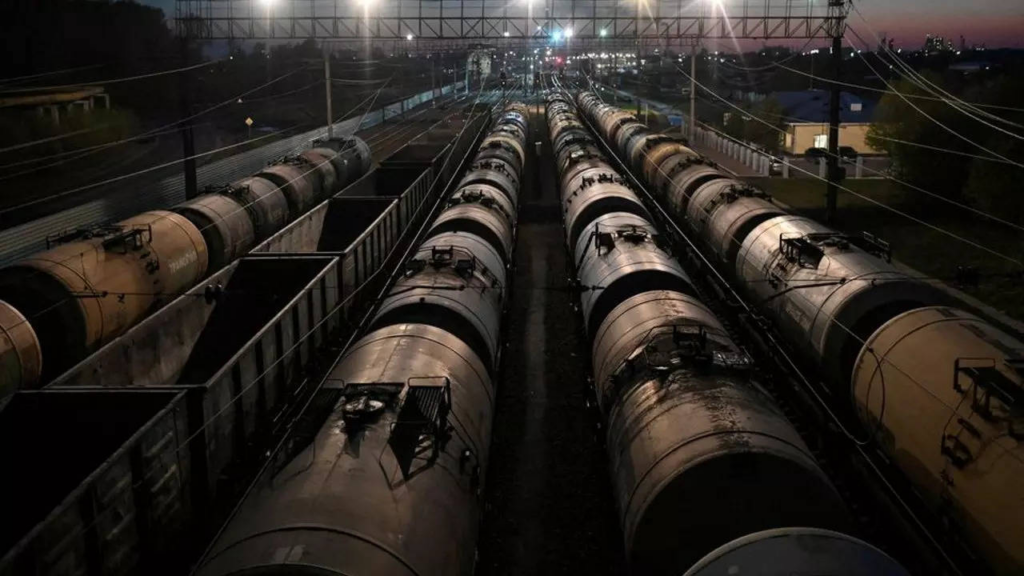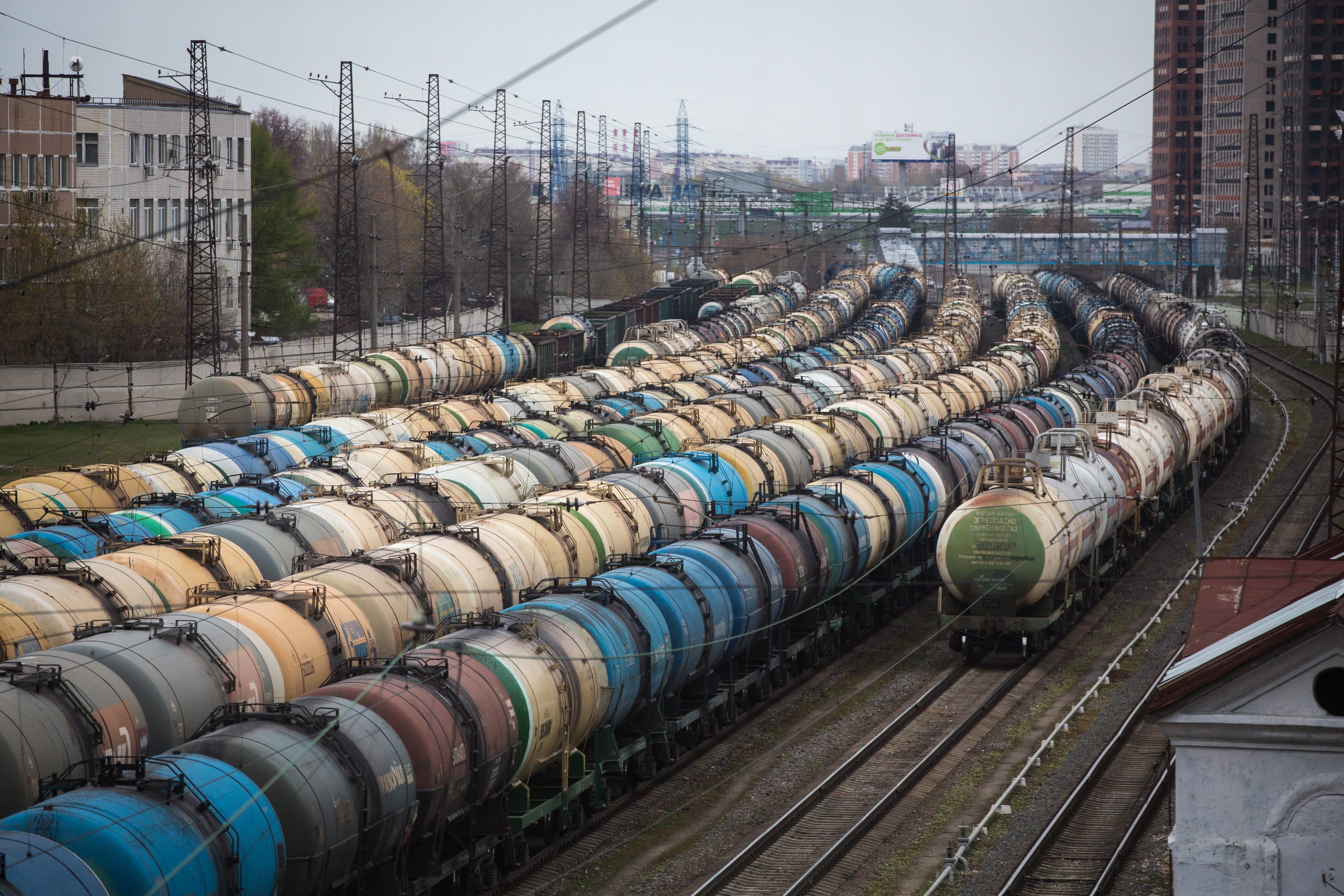
Window of opportunity
Russia’s decision to ban oil exports to G-7, EU& Australia, China battling the Covid 19, India enters the big boys ring with an ace!
K.A.Badarinath
It’s advantage India. Russian President Vladimir Putin’s decision to ban his country’s oil exports to G-7, European Union and Australia beginning February 1 for five months will open new window of opportunities for India in crude oil, refining, consumption and trade.
President Putin’s decree was in response to $ 60 per barrel price cap slapped by these countries and groups as a counter to Russia’s campaign in Ukraine.

India neither supported the Russian aggression in Ukraine nor has had aligned with Western forces in imposition of price cap on Russian oil. This equidistance and independent policy not only brought India to the centre of oil trade but also provided an opportunity to peddle peace between warring neighbours, Russia and Ukraine.
Given that China has been overwhelmed by Covid 19 leading to economic downturn and thereby hitting its energy consumption, India has emerged the biggest energy partner for Russia.
US allies, EU and Australia’s decision not only to impose a price cap on oil imports from Russia but bar their shippers, financiers and insurers from backing energy deals with the country has enraged President Putin.
From Indian perspective, Russia has already emerged the biggest exporter of oil with over 1.7 million barrels per day during November 2022. Bloomberg has put this figure at 4 million barrels per day that Russia is supplying to India at ‘deep discount’. Both Russia and India have been mum or refrained from making any comment on the price at which this oil trade is happening.
These supplies are bound to increase over next six months given the huge un-utilized refining capacities and opening opportunities for exporting end-use hydrocarbons.
Independent advisory Standard & Poor Global analysts estimate that two million barrels per day oil would be available from Russia that may be absorbed by India when Putin’s ban on exports to EU, G-7 and Australia kick in.

Over 80 per cent of Indian imports from Russia during November 2022 are Urals grade that are currently traded at $ 54 per barrel, deeply discounted and benchmarked to Brent turning the $ 60 price cap a big mockery. Currently, spot market Brent has been traded at a whopping $ 82 per barrel. Two other Russian crude grades, ESOP and Sokol have been quoted at $ 71 and $ 76 per barrel respectively.
For last five months, Indian oil imports from Russia have been on surge and constitute about 23 per cent of total import bill that New Delhi forks out.
Ukraine conflict has not limited to changes in the geo-political realignments alone. It has extended big time to trade, investments and economic posturing of different countries that have taken a definitive stand on Russia’s unending campaign in Ukraine.
India has consciously distanced itself from block-making against Russia. It cannot be construed as unhindered support to Russia in its aggression in Ukraine. Given its delicate relations with Ukraine, India had been on humanitarian aid drive in the war-torn country rummaged by Russian forces bombing and missile attacks.
India also donned the role of a peacenik that was willing to make significant negotiations with both Russia and Ukraine to explore peace opportunities.
This independent policy stance may not have appealed to US democratic White House led by President Joe Biden. India’s western partners may have to reconcile to the position that Indian policy formulation cannot be swayed by their own block formations.
Apart from opportunity to source cost-effective crude and play peacenik role with Russia, India’s third window to open would be exploiting full potential for trade, investment and economic relations bilaterally. This seems to be the next phase in which India and Russian relations have entered.
Given the present proclivities, India and Russia may go miles even as New Delhi repositions itself as the powerhouse to become $ 40 trillion economy by 2047.
(Author is Director & Chief Executive, Centre for Integrated and Holistic Studies, a bipartisan think tank based in New Delhi)

